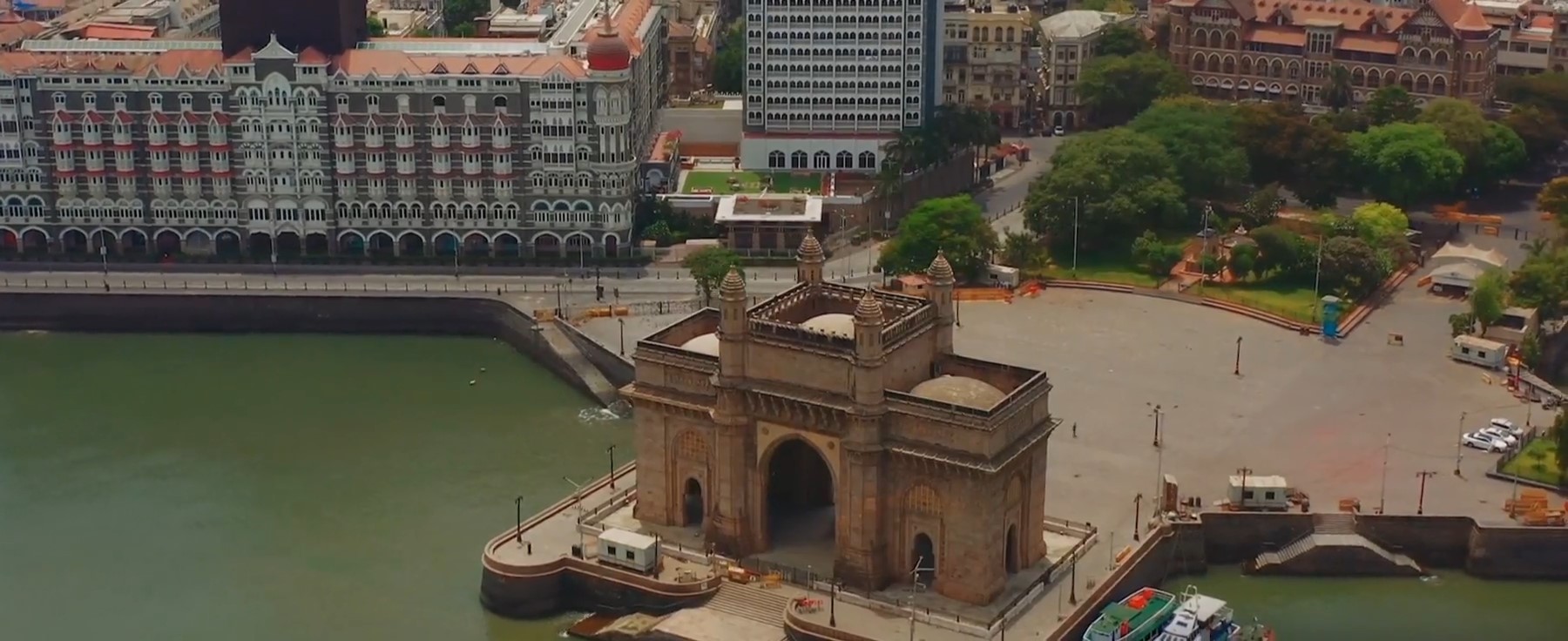
Sorry, we couldn't find anything that matches your search.
Destination

Famous Places to Explore in Hyderabad
A vibrant city with the imposing...

Raipur Tourist Places | Best Place to Visit
The stronghold of several erstwhile...

Ahmedabad
Declared as India's first UNESCO World...
#
 Start : Kolkata
Start : Kolkata
 End : Varsey Rhododendron Sanctuary, Sikkim
End : Varsey Rhododendron Sanctuary, Sikkim
 Time : 6 days
Time : 6 days
Day 1 : Arrive in Kolkata

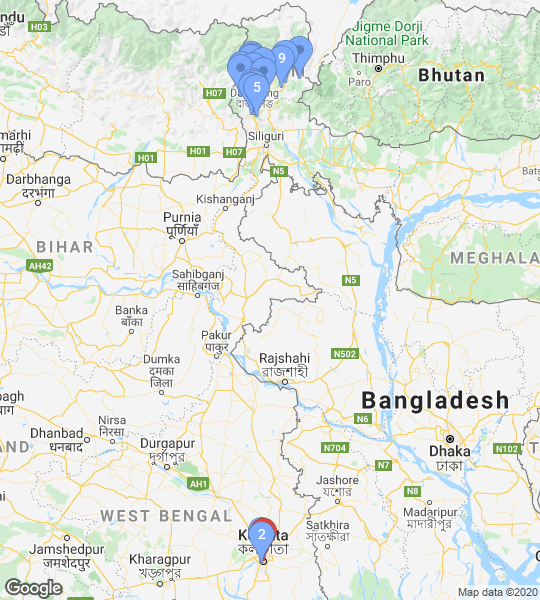
Sprawling British-era monuments, lush gardens, bustling markets and a vibrant culinary scene welcome you to Kolkata, the capital of West Bengal. From slow-moving trams (the oldest in Asia) meandering around the city, racing iconic black and yellow cabs and women dressed in handwoven cotton sarees to antique tea and coffee houses hosting lengthy sessions of adda (discussions on various subjects like politics and society), legendary football clubs and old markets spilling over with products, the bustling metropolis has the laid-back soul of a quaint town. The city of joy, as Kolkata is fondly called, throbs with liveliness and festivities, which can be enjoyed throughout the year.
Day 1 Stop 1 : Morning: Victoria Memorial
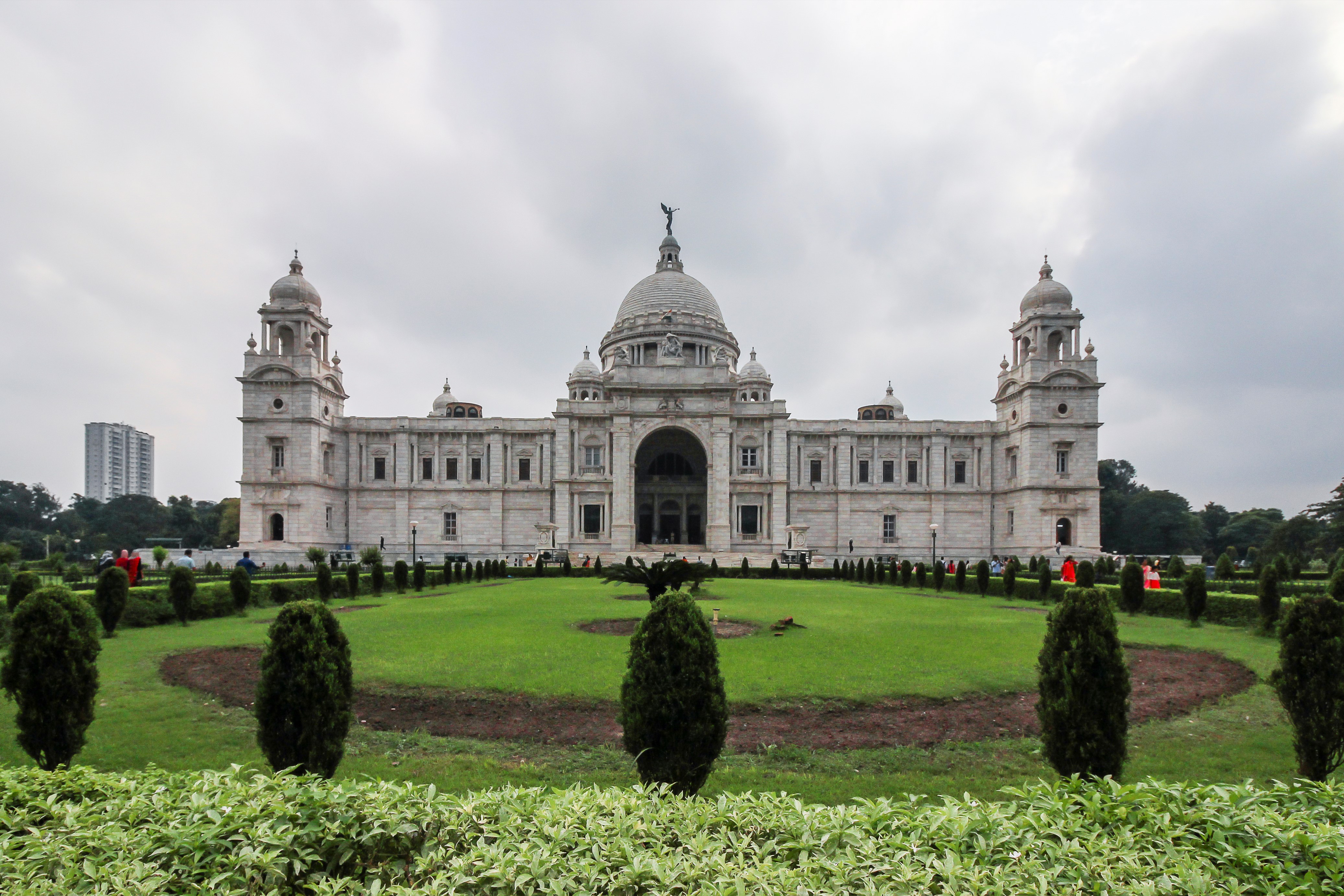
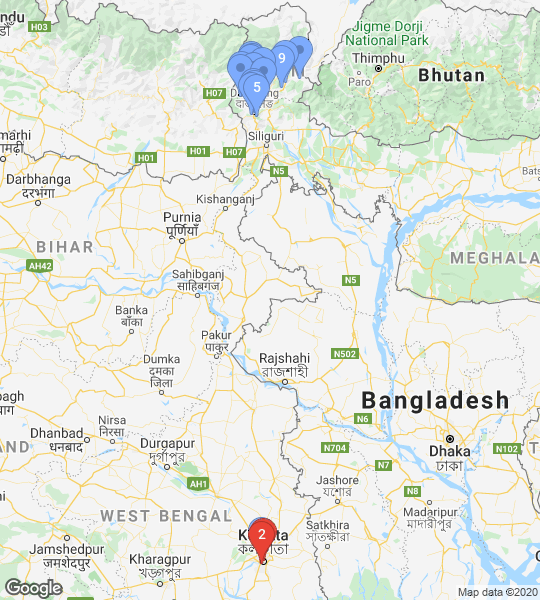
One of the landmarks of Kolkata, Victoria Memorial is a grand British-era structure built entirely of white marble. Constructed in the Indo-Saracenic revivalist style, using a mix of British and Mughal elements, the memorial draws influences from Islamic, Venetian, Egyptian and Deccani styles. Dedicated to Queen Victoria of England, it was constructed between 1906 and 1921 by the then Prince of Wales (who went on to become King George V).
Good to know:
Today, the memorial has been turned into a museum that has 25 galleries. It also houses paintings from the British Raj, along with memorabilia and manuscripts.
What to do:
For a real feel of the colonial era, when Kolkata's culture thrived under the patronage of rich businessmen and a class of educated and elite gentlemen, locally known as bhadrolok, take a ride in the horse-drawn carriages that make rounds in front of the memorial. As the horses trot through broad roads, with the majestic Victoria Memorial in the backdrop, it's easy to travel back in time.
Day 1 Stop 2: Afternoon: Howrah Bridge

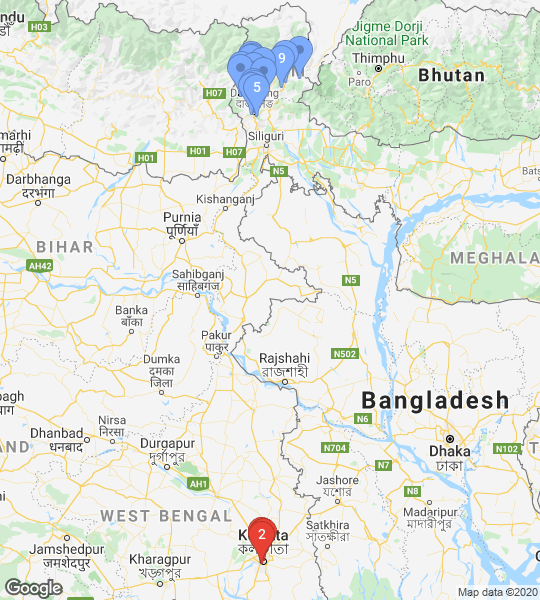
A landmark of the city, Howrah Bridge, constructed over the Hooghly river, is a huge steel bridge built during the British era. Believed to be one of the longest cantilever bridges in the world, this 12-km-long structure links Howrah city to Kolkata and is fondly known as Howrah Bridge.
Good to know:
It is also called Rabindra Setu (it was named after Rabindranath Tagore in 1965 as a tribute to the great poet and the first Indian to win the Nobel prize).
What to do:
A photographer's delight, the bridge presents a picture of opulence when it is lit up at night. You can enjoy these splendid views by taking a ferry ride on the river.
Day 2 : Arrive in Darjeeling

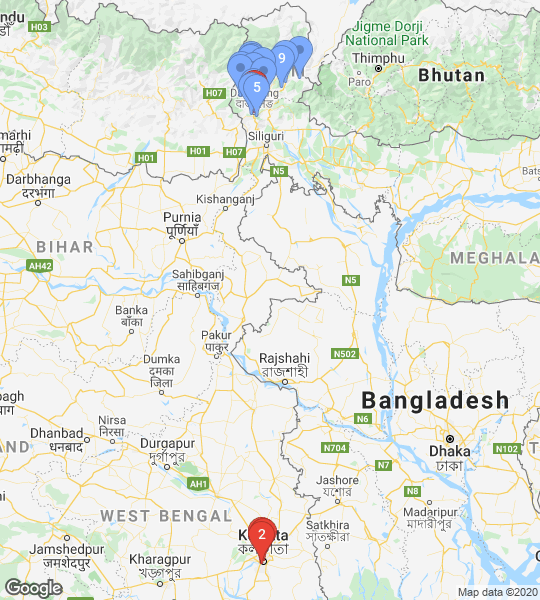
Sprawled over a steep mountain ridge and dotted with unending stretches of emerald green tea plantations, the quaint hill station of Darjeeling, in West Bengal, is a popular travel destination. The most in-demand attraction here is the majestic Kanchenjunga or Khangchendzonga, the third-highest peak in the world. Tourists flock to nearby peaks to watch glorious sunrises and sunsets over Kanchenjunga.
Day 2 Stop 1: Morning: Tiger Hill
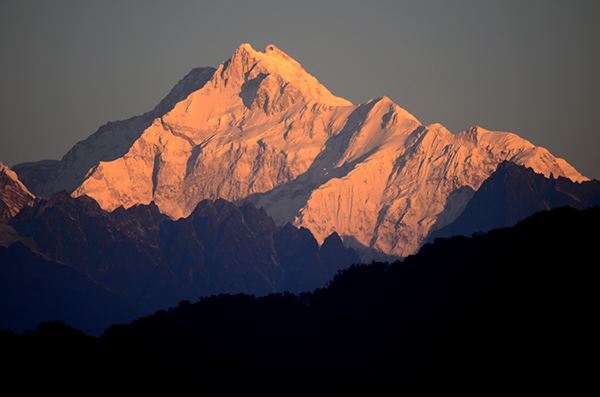

While there are a few points in Darjeeling that allow you a glimpse of the mighty Himalayas, there is none that surpasses Tiger Hill. Situated at a height of 2,590 m at a distance of 13 km from Darjeeling above the town of Ghum, Tiger Hill is internationally-acclaimed for providing an enthralling view of a stunning sunrise over Kanchenjunga and other important peaks of the Himalayas.
Good to know:
One can view the world’s highest peak, Mount Everest, from here.
What to see and do:
The jeeps start for Tiger Hill as early as 4 am, and there is usually a scramble to get an unhindered view of the impressive peaks. As the sun ascends into the sky, the snow-covered peaks turn into a canvas of blue, pink and purple, set aglow by the golden rays of the morning sun.
Day 2 Stop 2 : Afternoon: Batasia Loop
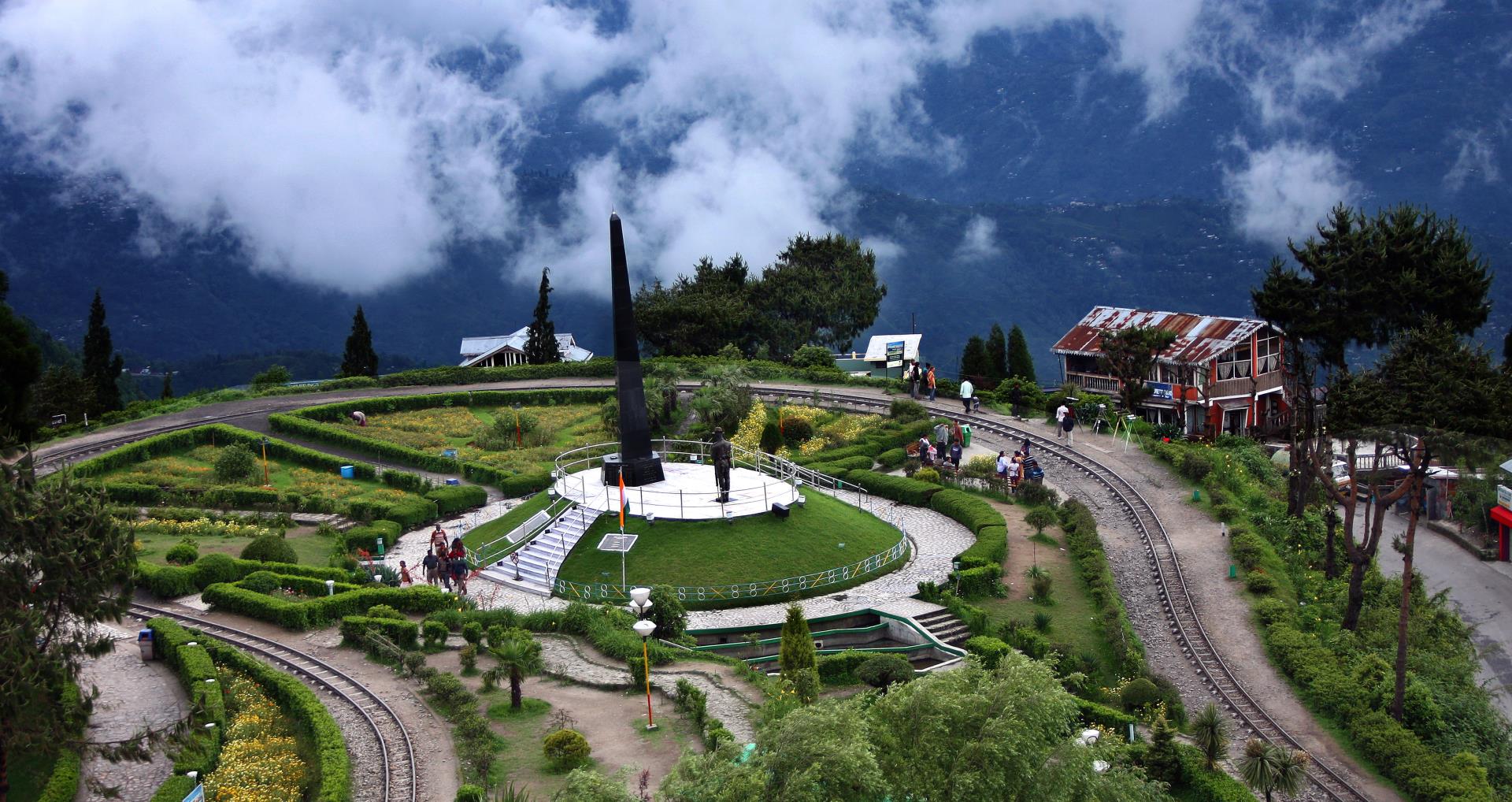
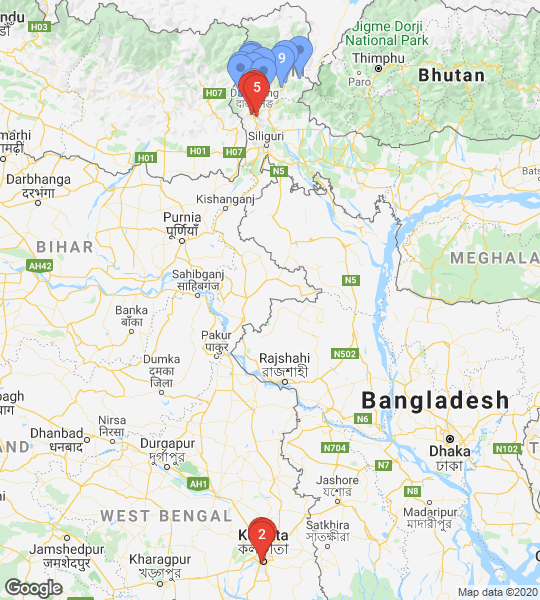
Darjeeling is primarily a tourist destination, leveraging its stunning vistas and fantastic weather to draw in visitors looking to escape the pollution and noise of the bigger cities. Therefore, it is no surprise that a number of its attractions are centered on the views that the town is bestowed with. Batasia Loop is one such marvel.
Good to know:
The word ‘Batasia’ translates to an airy space. The area features a beautiful garden sprawled over 50,000 sq ft, which also contains rare species of plants like gingko, and biloba along with fir trees and rhododendrons, all blooming in the Eco Garden in the premises.
What to do:
This engineering masterpiece is situated in the periphery of the city, and offers a 360 degree view of the city.
Day 2 Stop 3: Evening: Rangeet Valley Cable Car

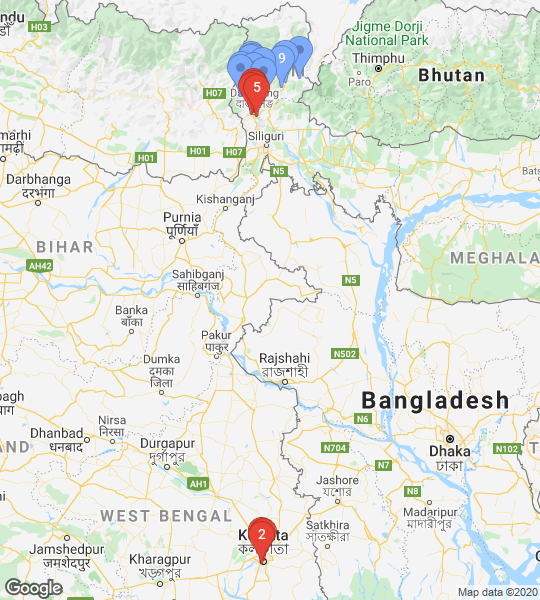
The ropeway in Darjeeling, also known as Rangeet Valley Cable Car Project, stretches between Singamari and Singla Bazaar. It was initiated in 1968, making it one of the oldest in the country; over the years, several amendments have been made to the original structure to meet the modern-day safety standards. It is located at North Point, about 3 km north of the town.
Good to know:
Unlike other ropeways, this one descends (rather than ascends) from a height of 7,000 ft to 800 ft, affording you a panorama of River Rangeet gushing through the valley (hence its name), and tea pickers sporting bamboo baskets collecting fresh leaves in the jade tea plantations. Even on a cloudy day, when the mountains are partly shrouded by a cool mist, the splendour of the place is unmatched.
What to see:
Passengers can board the cable car at Singamari, which is approximately 3 km away from Darjeeling’s Chowk Bazaar, and get off at Tukvar. The whole journey takes about half an hour.
Day 3 : Arrive in Gangtok

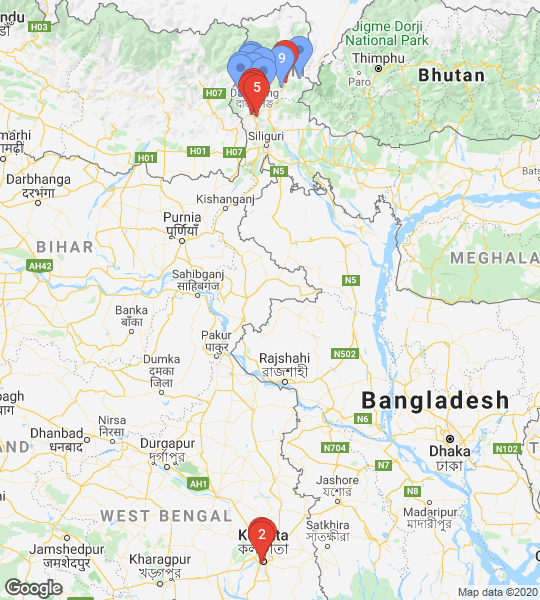
Perched on steeply-tiered hills in the eastern Himalayas, the picturesque city of Gangtok, the capital of Sikkim, is set against the backdrop of the majestic Mt Kanchenjunga (Khangchendzonga). A tourist hotspot, it invites adventure seekers for its well-laid trekking trails and avenues for mountain biking, hiking, paragliding and river rafting. The city allows you to let loose your inner daredevil and explore the mighty Himalayas like never before.
Day 3 Stop 1: Morning: Rumtek Monastery
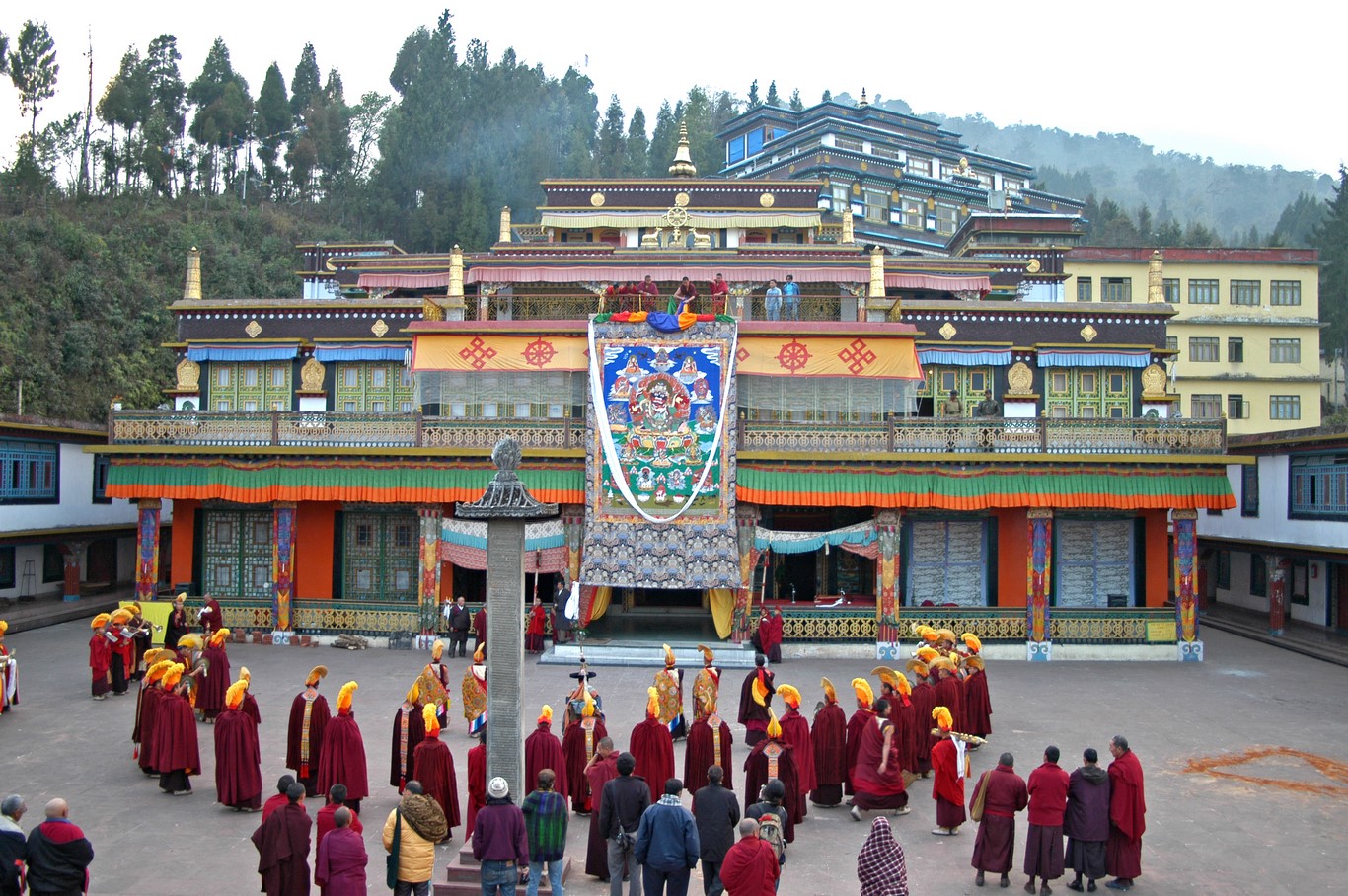
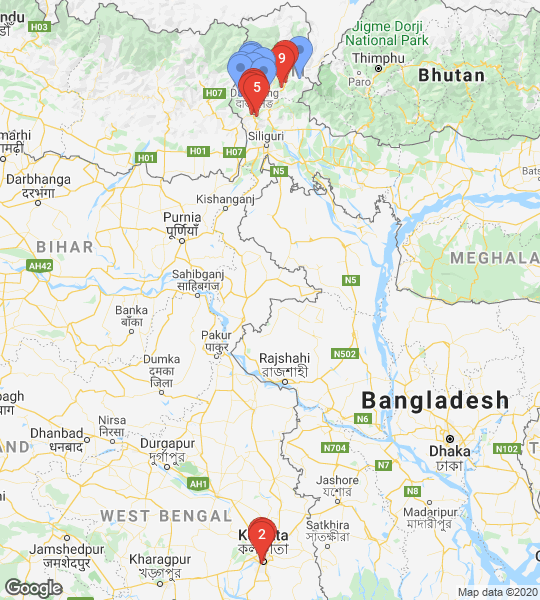
erched on a hillock, around 20 km from Gangtok, the Rumtek Monastery is also known as the Dharma Chakra Centre and serves as the seat of His Holiness Gyalma Karmapa the XVI, the head of the Karma Kagyu order of Tibetan Buddhism. Built in the 16th century, it is the largest monastery in Sikkim and displays the best of Tibetan architecture, along with rare Buddhist art pieces. The massive prayer hall inside the monastery is decorated with splendid murals, statues and ancient thankas (Buddhist paintings on fabric). One can also observe beautiful paintings of Kargyu lineage and eight Bodhistavas. It is a world-renowned centre for Kargyu teachings.
Good to know:
The main structure of the building was made in accordance with the traditional designs of Tibetan monasteries. Its interior is adorned with murals, frescos and paintings. There is a shrine hall in the main building with a 10-feet-high statue of Sakyamuni Buddha.
What to do:
It is believed that when the 9th Karmapa threw holy rice after performing a ritual, four rice grains were scattered in Sikkim and one of the grains fell on the spot where the old Rumtek Monastery is erected today, which is a 15-minute walk down the slope from the Dharma Chakra Centre.
Day 3 Stop 2 : Afternoon: Tsomgo Lake
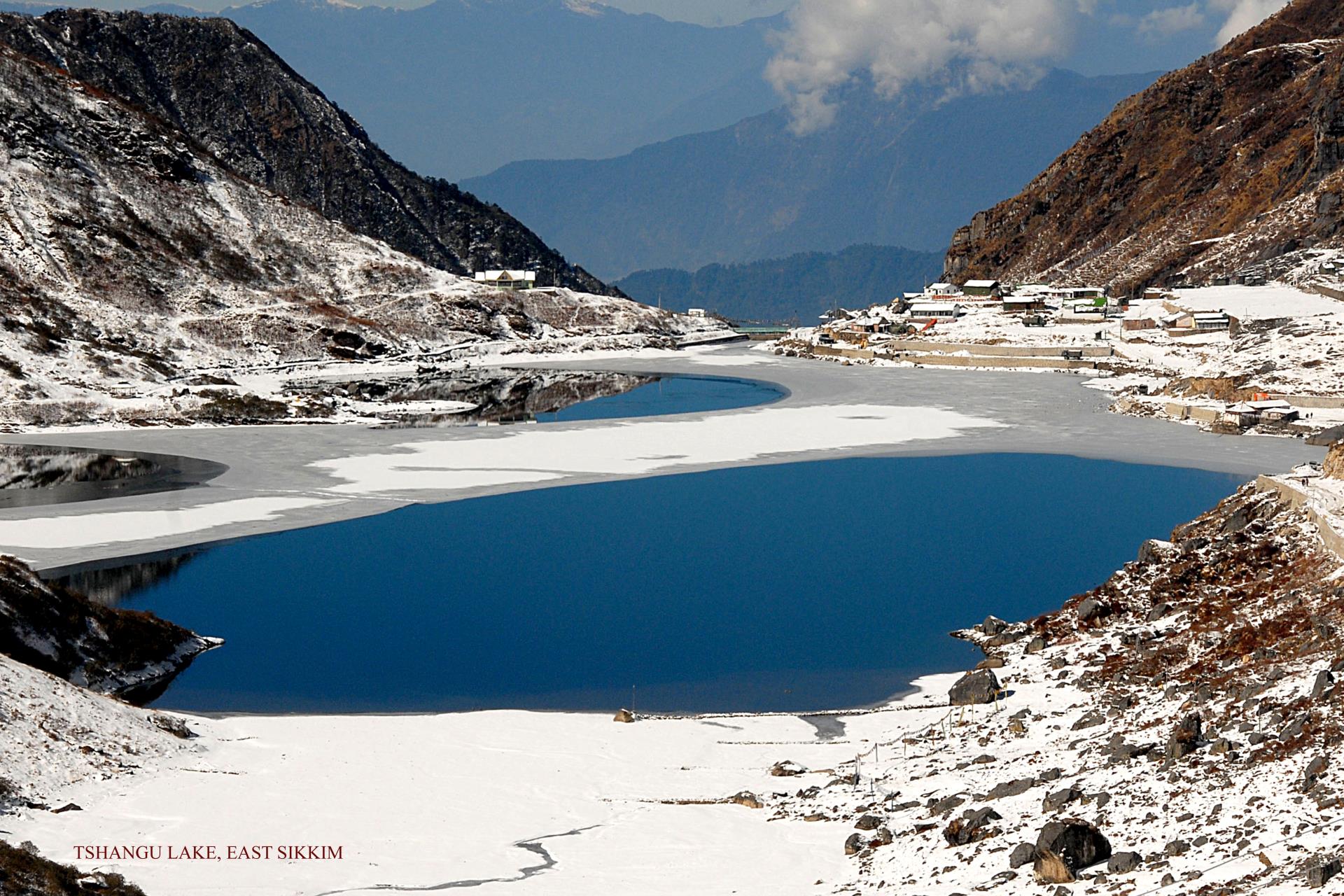
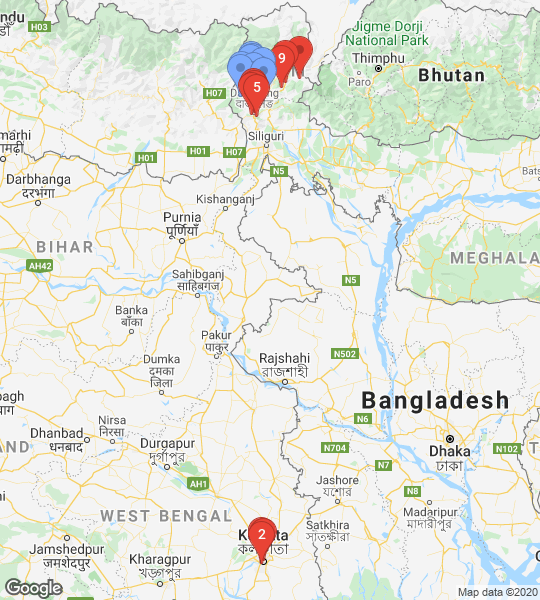
Sitting pretty by the Beas river, Manali is a much sought-after destination for nature lovers, adventure seekers and those looking for serenity. Nestled in the Himalayas and steeped in mythology, this hill station boasts vast floral meadows, rolling hills, apple orchards, gushing streams, snow-capped peaks, high-altitude passes and Buddhist monasteries - making it an experience of a lifetime.
Good to know:
Tsomgo, meaning source of water in Bhutanese, lies at an altitude of 3,779 m, on the way to Nathu la Pass. At a distance of 38 km from Gangtok, Tsomgo Lake, also known as Changu Lake, is a must-visit spot. It receives its water from the melting snow of the surrounding mountains.
What to do:
You can take rides on yaks and mules here; you can even sample some of the delicacies of the state at any of the stalls that are usually present.
Day 3 Stop 3 : Evening: Seven Sisters Waterfall
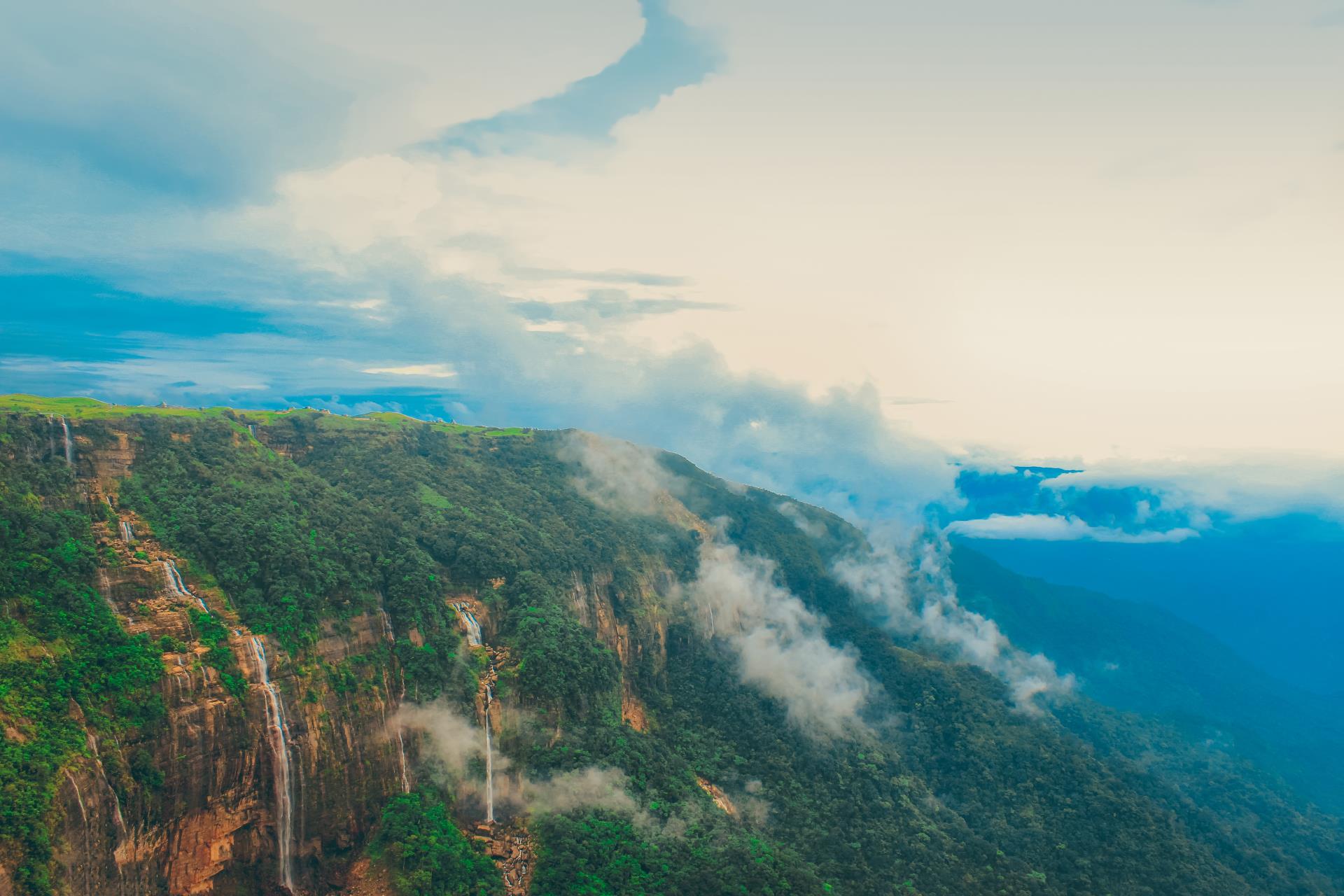

A series of seven waterfalls, arranged sideways on a cliff, the Seven Sisters Waterfall is one of the most beautiful sites in the Northeast. It can be seen in three distinct tiers, very clearly distinguishable from a distance. You can only view four of the seven falls from the bottom, since the other three are much higher up.
Good to know:
A small footbridge wounds its way across the stream and tourists can enjoy the refreshing sight at close quarters.The place is particularly attractive during monsoon (in the months of June and July) when the falls are imbued with an overpowering flow, gushing over the rugged rock wall.
What to do:
The place is a photographer's dream, and makes for a quaint picnic spot for families.
Day 4 : Namchi

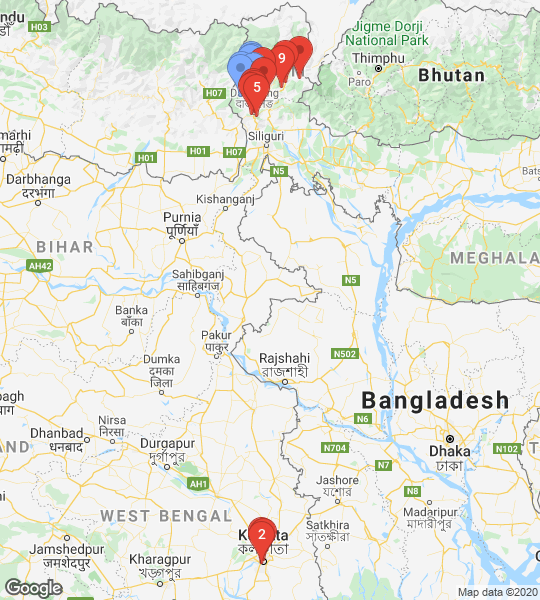
Namchi, meaning sky high, is situated at an altitude of 5,500 ft. It is the capital of the south district of Sikkim. There are several attractions near Nimchi, chief of which is the Maenam Wildlife Sanctuary.
Day 4 Stop 1: Morning: Maenam Wildlife Sanctuary
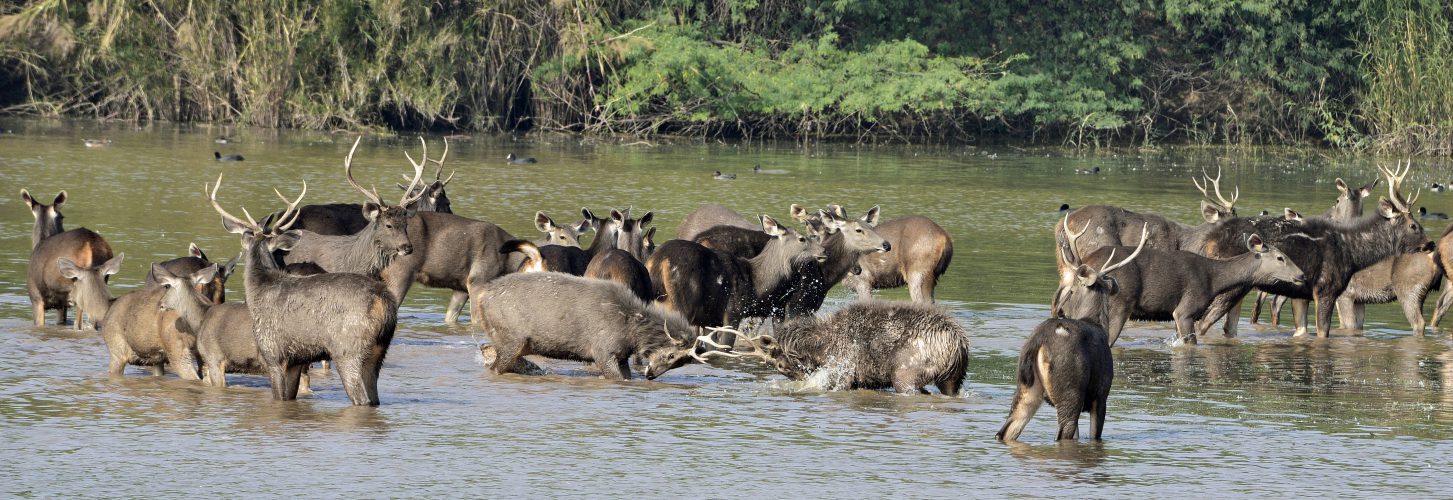
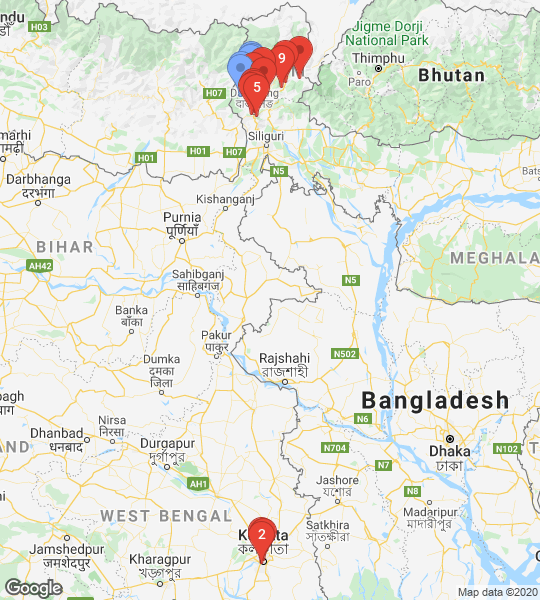
Maenam Wildlife Sanctuary lies at a height of 10,600 ft and is spread over an area of 36.34 sq km. It is located on the Maenam-Tendong Ridge. Some of the best attractions here are red pandas, serow, barking deer, gorals, civet cats, leopards, marbled cats, and avifauna like blue-necked pita, common hill partridge, magpies, blood pheasant, black eagle, sunbird, etc.
What to do:
It is a great spot for trekking. You can get a stunning view of Mount Kanchenjunga and Teesta river.
Travel Tips:
Get the right shoes for trekking and binoculars so you can spot the fauna better.
Day 5 : Arrive in Varsey Rhododendron Sanctuary

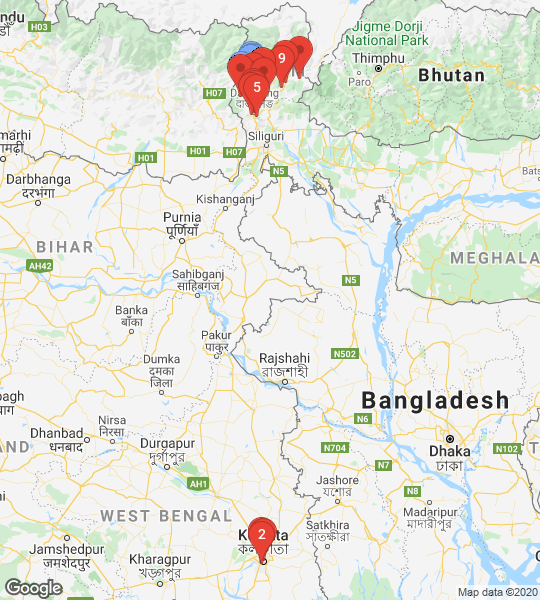
Sprawled over an area of 104 sq km, Varsey Rhododendron Sanctuary is shaped like a butterfly. It is noted for its wide varieties of rhododendron, and other species like magnolia, pine, oak and primula. The sanctuary offers great wildlife sightings, with the chief attractions being leopards, Himalayan palm civet, langur, etc.
Good to Know:
As you go towards the valley, you can spot the red panda, an endangered species.
What to do:
The sanctuary is situated on the Singalila Ridge, which offers spectacular views of Khangchendzonga. There are several trekking trails from Uttaray and Dentam.
Day 6 : Arrive in Pelling
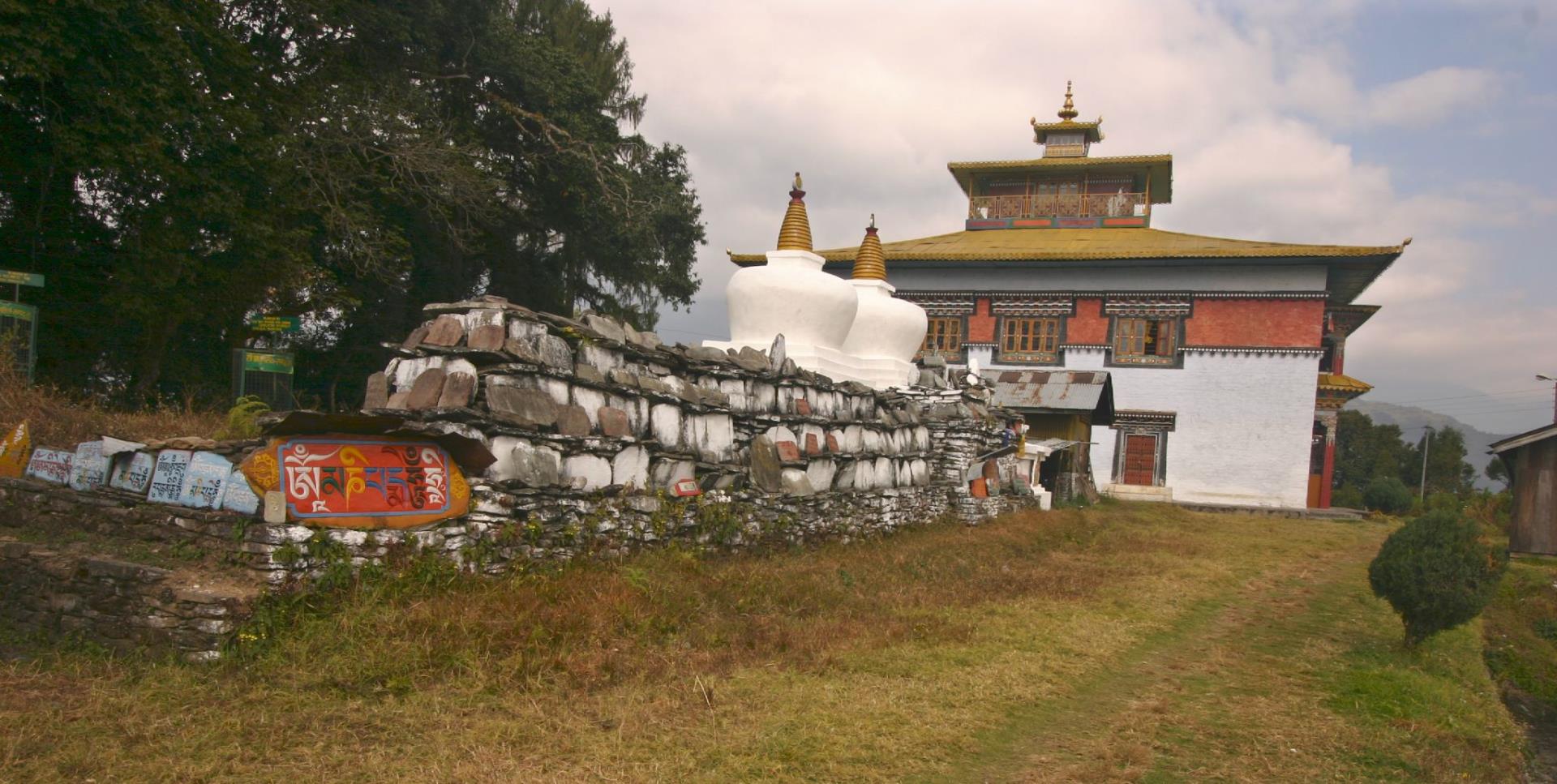
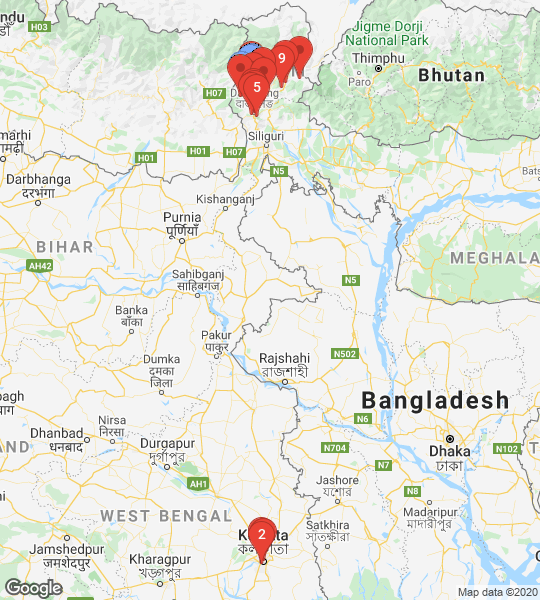
Offering jaw-dropping views of the Himalayas and the snow-capped Kanchenjunga (Khangchendzonga), the third-largest peak in the world, Pelling, in Sikkim, is a gorgeous tourist destination. With charming houses perched atop a wooded ridge, this hill town is framed by spectacular natural forests, making it a natural paradise. Sitting at a height of 2,150 m, Pelling is a base for several trekking routes.
Day 6 Stop 1: Morning: Pemayangtse Monastery
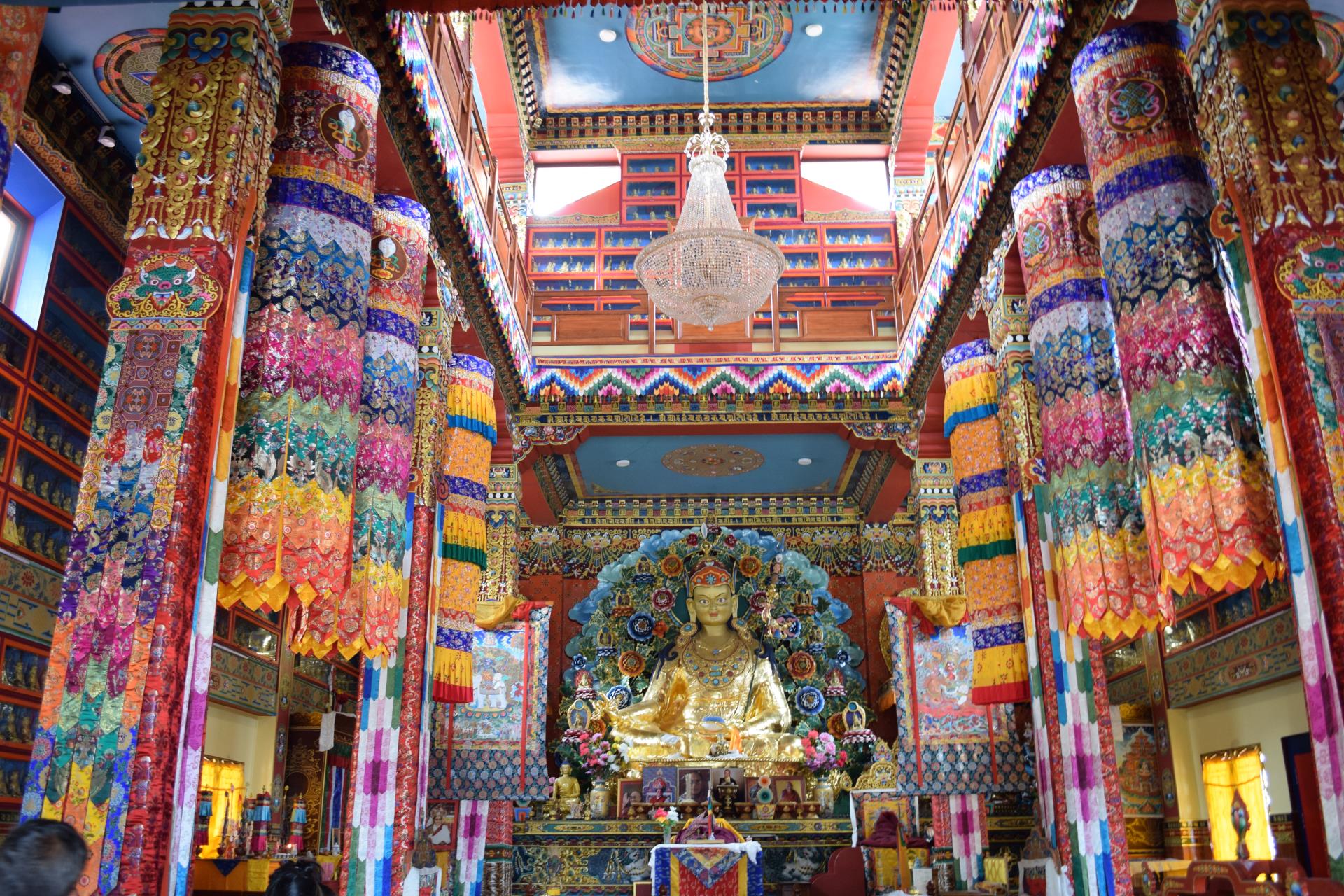
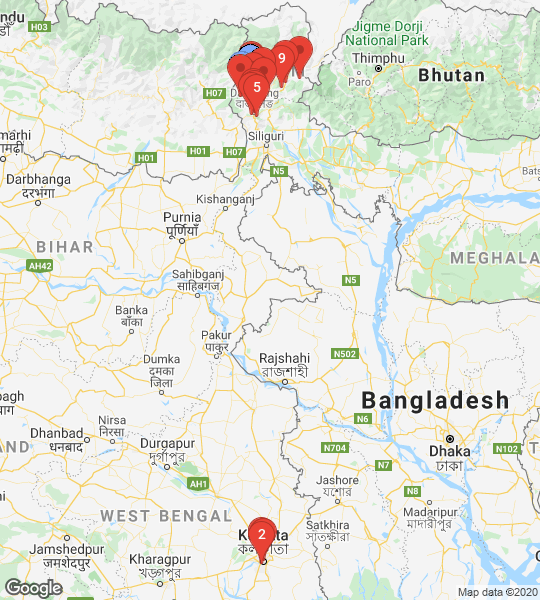
Offering jaw-dropping views of the Himalayas and the snow-capped Kanchenjunga (Khangchendzonga), the third-largest peak in the world, Pelling, in Sikkim, is a gorgeous tourist destination. With charming houses perched atop a wooded ridge, this hill town is framed by spectacular natural forests, making it a natural paradise. Sitting at a height of 2,150 m, Pelling is a base for several trekking routes.
Good to know:
A small religious structure near the entrance has a sacred statue of Dorje Phagmo (Vajra Varahi) that was given to Chogyal Gyurmed Namgyal by Terton Terdag Lingpa of Tibet as a gift upon marrying his daughter.
What to do:
The main festival here is Guru Drakmar chham that is celebrated in winter in the months of February through March.
Day 6 Stop 2: Afternoon: Sang Choling Monastery
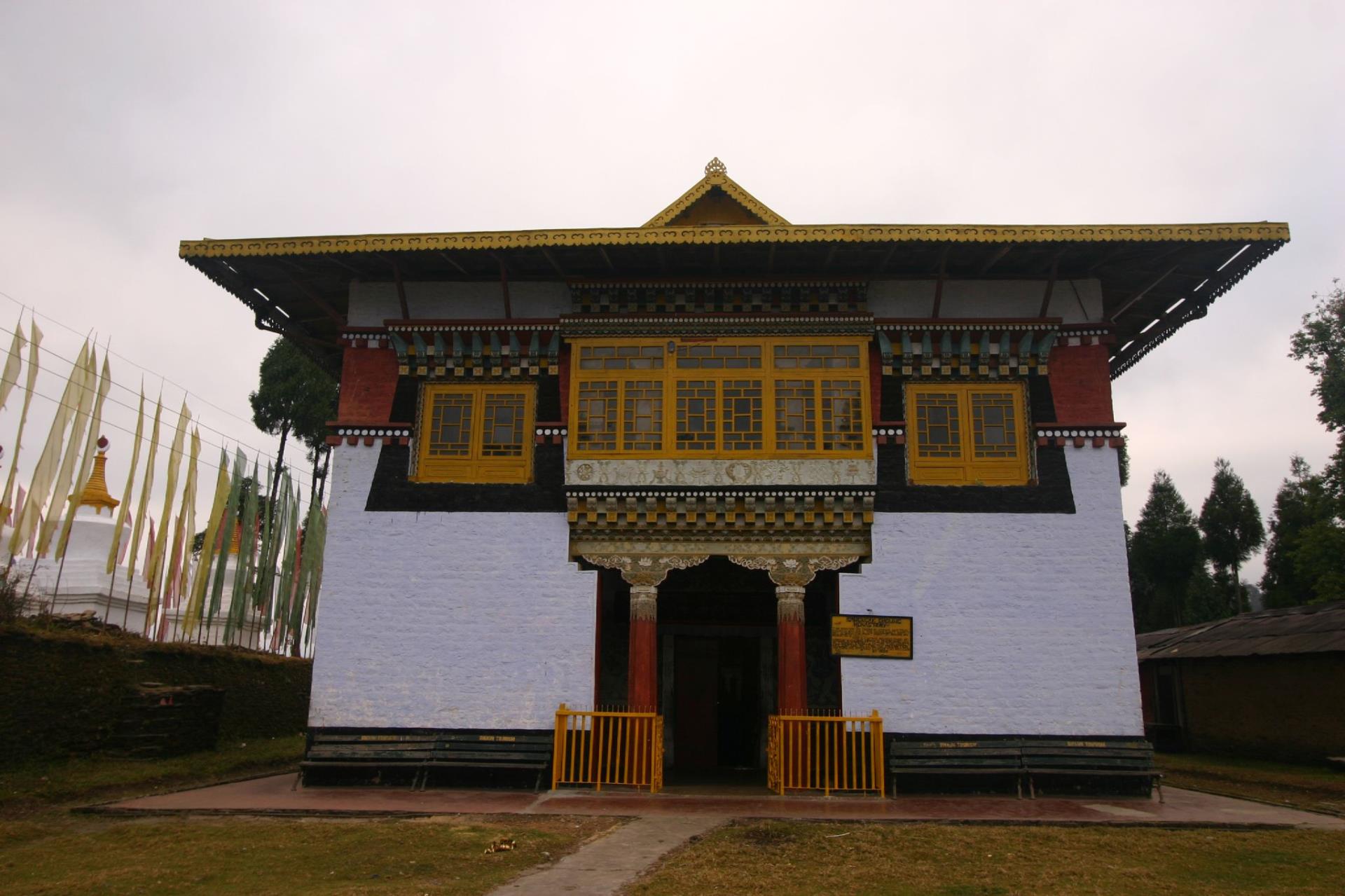
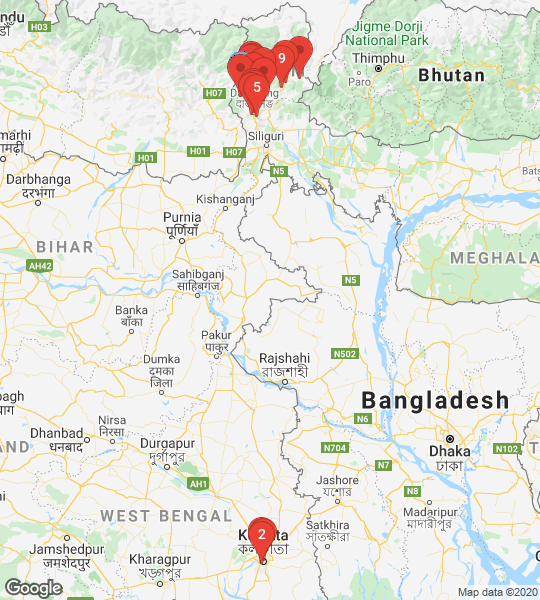
One of the oldest monasteries of Sikkim, the Sang Choling Monastery has been built according to the Tibetan style of architecture. It houses several ancient paintings, accessories and clay statues, which date back to the 17th century. The monastery is an important site of the heritage circuit for Buddhist devotees and was built in 1697 by Lama Lhatsun Chempo.
Good to know:
It is believed that secret mantras (guhyamantra) were taught here in ancient times.
What to do:
Situated amidst a picturesque backdrop of the Great Himalayas, the monastery also provides spectacular natural views.
Day 6 Stop 3: Evening: Singshore Bridge
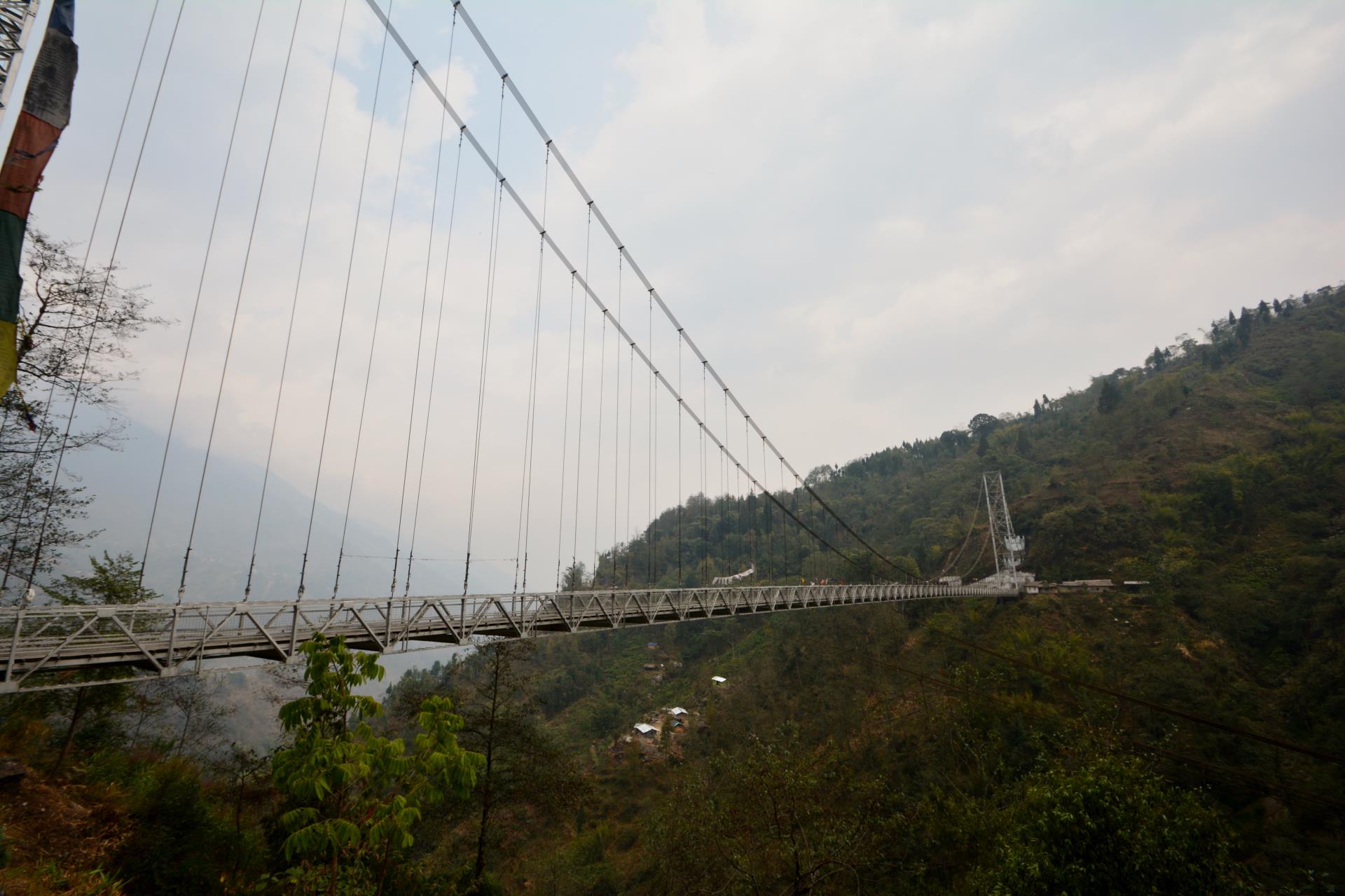
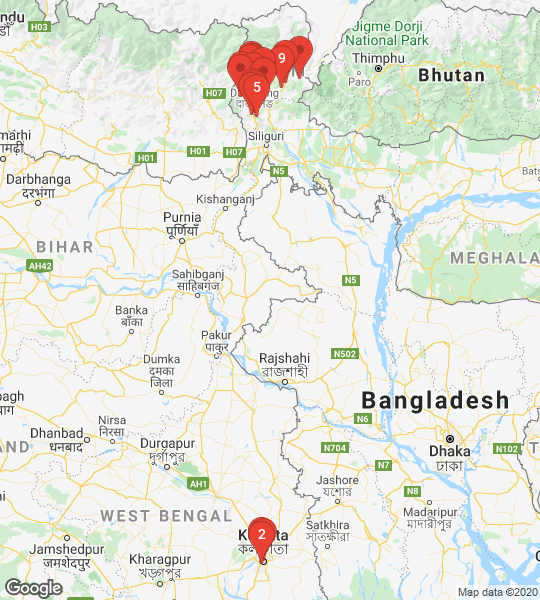
Connecting two gorges in the west of Sikkim, the Singshore suspension bridge is believed to be the highest bridge in the state and the second-highest in Asia, with a height of over 100 m. This architectural marvel, with a length of approximately 200 m, can be reached easily from Pelling, which is 25 km away.
Good to know:
Apart from the months of July and August, the bridge is open for visitors all year round from 6 am to 6 pm.
What to do:
The bridge offers a spectacular view of picturesque surroundings. A short walk from the bridge lies the Alpine cheese factory where one can sample excellent Gouda cheese.










